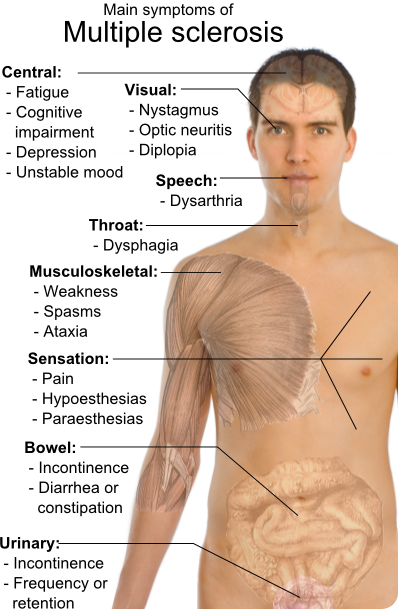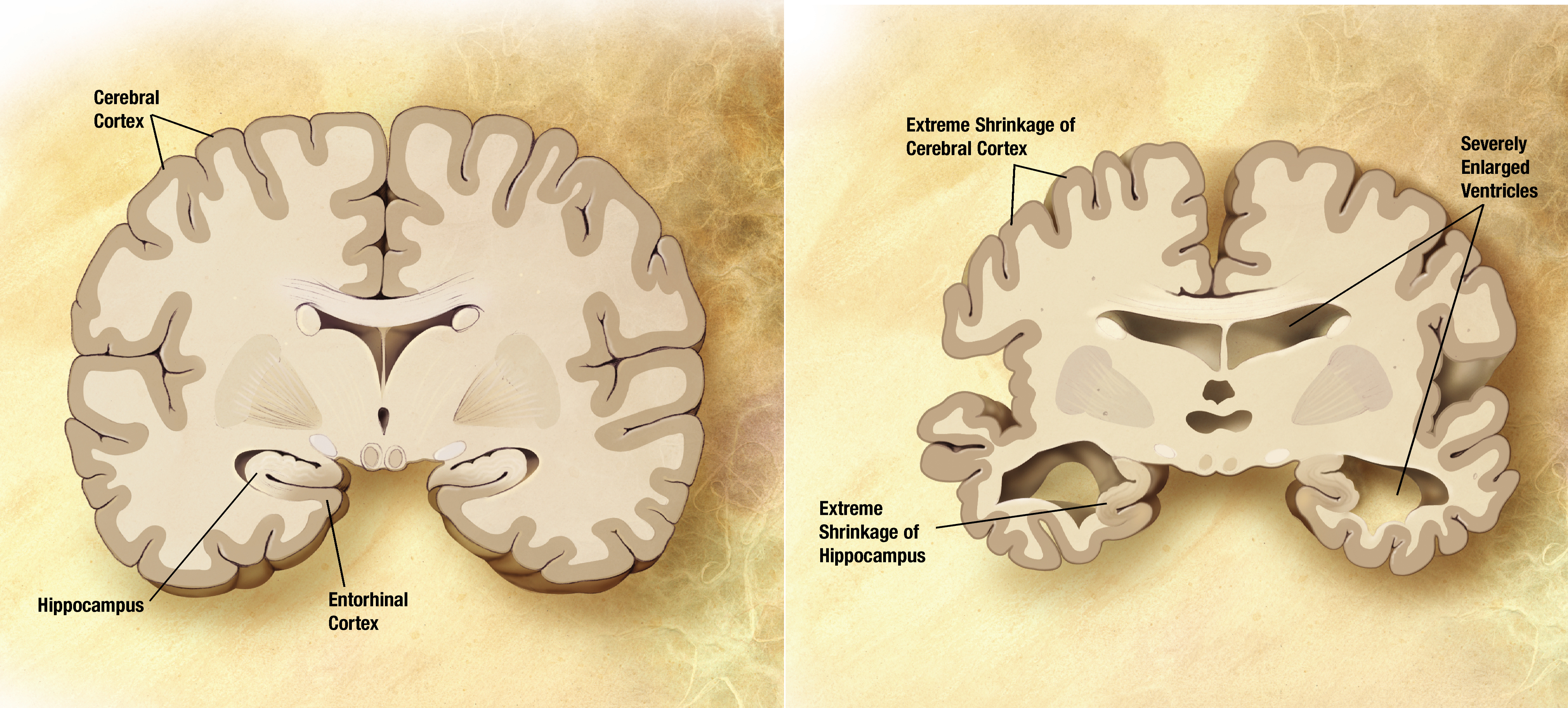GOLGI BODY
The Golgi Body is a packing organelle quite like the endoplasmic reticulum. The Golgi bodies gather simple molecules and combines them to make complex molecules within the cell. This organelle produces Lysosomes which are essential for a cell's survival. In plants they create complex sugars and pass them around the cell in vesicles. It is structured as multiple layers of membranes clumped together and like the Rough ER they have ribosomes on their membranes. The Golgi Body works with the Rough ER through absorbing the its Transition Vesicle and making it a Secretory Vesicle and releasing it out of the cell.
A disease linked to the Golgi Body is Achondrogenesis which is a serious disease with the malformation of bones and cartilage. The babies with it are usually born prematurely with short limbs, a short body and other skeletal abnormalities. They are typically stillborn or they will die shortly after birth, occasionally they can live for a little bit with extensive care but still cannot live much longer. It is caused by a defect in the microtubules in the Golgi Body. In some cases the endoplasmic reticulum cannot move a protein to the Golgi Body so it now became irrelevant and the formation of bones and cartilage was not able to happen. Alzheimer's is also a disease caused by a malfunction Golgi Body. In the brain cells for Alzheimer's carriers their Golgi Bodies have failed which is an important step for the biochemicals of the brain for the aging process. Alzheimer's is characterized as dementia when a person starts off with short term memory loss, then onto some behavioral issues and they become recluse to society. They tend to only live about 3-9 years after the diagnosis of the disease. It is a severe disease. Thanks a lot Golgi Body.
 |
| A baby with Achondrogenesis |
 |
| Comparison with Alzheimer's Patient |
 |
| Smit-McCort Dysplasia |
 |
| Parkinson's Disease |
Works Cited:
Images Cited:
- Campbell, Neil A (1996). Biology (4 ed.). Menlo Park, CA: Benjamin/Cummings. pp. 122, 123.ISBN 0-8053-1957-3.
- Pavelk M, Mironov AA (2008). The Golgi Apparatus: State of the art 110 years after Camillo Golgi's discovery. Berlin: Springer. ISBN 3-211-76309-0
- Lethal skeletal dysplasia in mice and humans lacking the GolginGMAP-210, Patrick Smits et al., N Engl J Med, 362:206, Jan. 21, 2010
- Burns, A; Iliffe, S (5 February 2009). Alzheimer's disease.. BMJ (Clinical research ed.) 338: b158.doi:10.1136/bmj.b158. PMID 19196745.
- OMIM Entry - # 607326 - SMITH-MCCORT DYSPLASIA 1; SMC1. OMIM Entry - # 607326 - SMITH-MCCORT DYSPLASIA 1; SMC1. Web. 2 Feb. 2015. http://www.omim.org/entry/607326.
- Shulman, JM; De Jager, PL; Feany, MB (February 2011) [October 25, 2010]. "Parkinson's disease: genetics and pathogenesis.". Annual review of pathology 6: 193–222.doi:10.1146/annurev-pathol-011110-130242.PMID 21034221.
Images Cited:
- Golgi apparatus. Encyclopædia Britannica. Encyclopædia Britannica Online.
Encyclopædia Britannica Inc., 2015. Web. 01 Feb. 2015
http://www.britannica.com/EBchecked/topic/238044/Golgi-apparatus. - Lethal skeletal dysplasia in mice and humans lacking the GolginGMAP-210, Patrick Smits et al., N Engl J Med, 362:206, Jan. 21, 2010
- Healthy Brain Versus Alzheimer's Brain | Alzheimer's Association. Healthy Brain Versus Alzheimer's Brain | Alzheimer's Association. Web. 2 Feb. 2015. http://www.alz.org/braintour/healthy_vs_alzh
- Thread: Skeletal Dysplasia. The Health Science Forum. Web. 2 Feb. 2015. http://thehealthscience.com/showthread.php?849012-Skeletal-Dysplasia.
- Help Us Improve Dana.org." Parkinson's Disease. Web. 2 Feb. 2015. http://www.dana.org/Publications/GuideDetails.aspx?id=50037.






